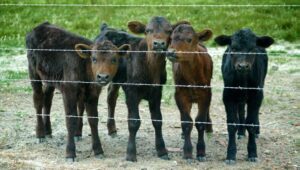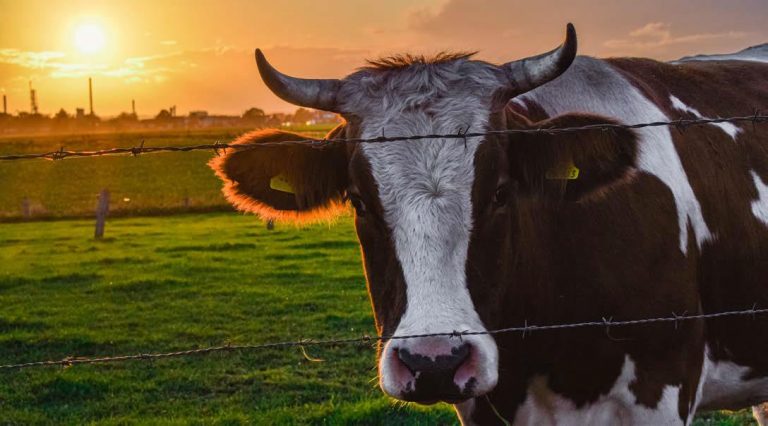A farm without any infrastructure is not a farm! A farming enterprise cannot be managed efficiently without infrastructure, and that means that no stock management or veld management will be possible. The veld will be destroyed and inbreeding will be inevitable.
What is infrastructure?
Infrastructure includes:
- The necessary camps, that is fences, to separate the different veld types and to divide these camps into smaller camps.
- Water sources such as boreholes, wells, fountains, and pipeline schemes.
- Windmills, solar pumps, and engines to make the water available.
- Reservoirs for the storage of water for a 14-day supply.
- Pipelines to connect the sources to the different reservoirs and the reservoirs to the drinking troughs.
- At least one drinking trough should be available per camp.
- Kraals should make provision for catchment kraals, sorting passages and sorting kraals, as well as a crush.
- A loading ramp suitable for light delivery vans and trucks.
- A neck clamp at the end of the crush will make branding, castration, and dehorning of cattle easily.
- A scale is a necessity to measure the production and the performance of animals.
- There must be roads alongside the bordering fences, the inner fences, and the pipelines to simplify control.
- Fire belts are a necessity according to the law to prevent the spreading of veld fires.

Photo: Pixabay.com
Standards for a good fence
- The fence should be constructed in a straight line from one straining post to the next. The standards should be planted on this line.
- The straining posts, corner posts and gate posts should be planted solidly, perfectly upright, and must be well anchored.
- Straining posts must not be too far apart. On solid soil, the distance between straining posts must not exceed 500 metres and on sandy soil the distance between standards must be even smaller. The closer straining posts are apart and the smaller the distance between standards, the stronger the fence will be.
- Irrespective of the number of strands of wire or the type of wire that will be used, each strand should be at a certain height above the ground, it must be parallel to the other strands and should be tied solidly to the standards in order to prevent the strands from shifting up or down against the standards. The more strands in a fence of a certain height, the closer the strands will be apart and the more difficult it will be for man and beast to crawl through the fence.
- Droppers should divide the space between standards into equal parts, must be upright, and the strands must be tied solidly to each dropper to keep the spacing the same as the spacing at the standards.
- A good fence cannot be constructed with a material of inferior quality.
For practical training in the agricultural industry, contact Louis de Jager at +27(0)82-211-1533.
Source:
Kameelboom Akademie, Comprehensive practical farmer training









